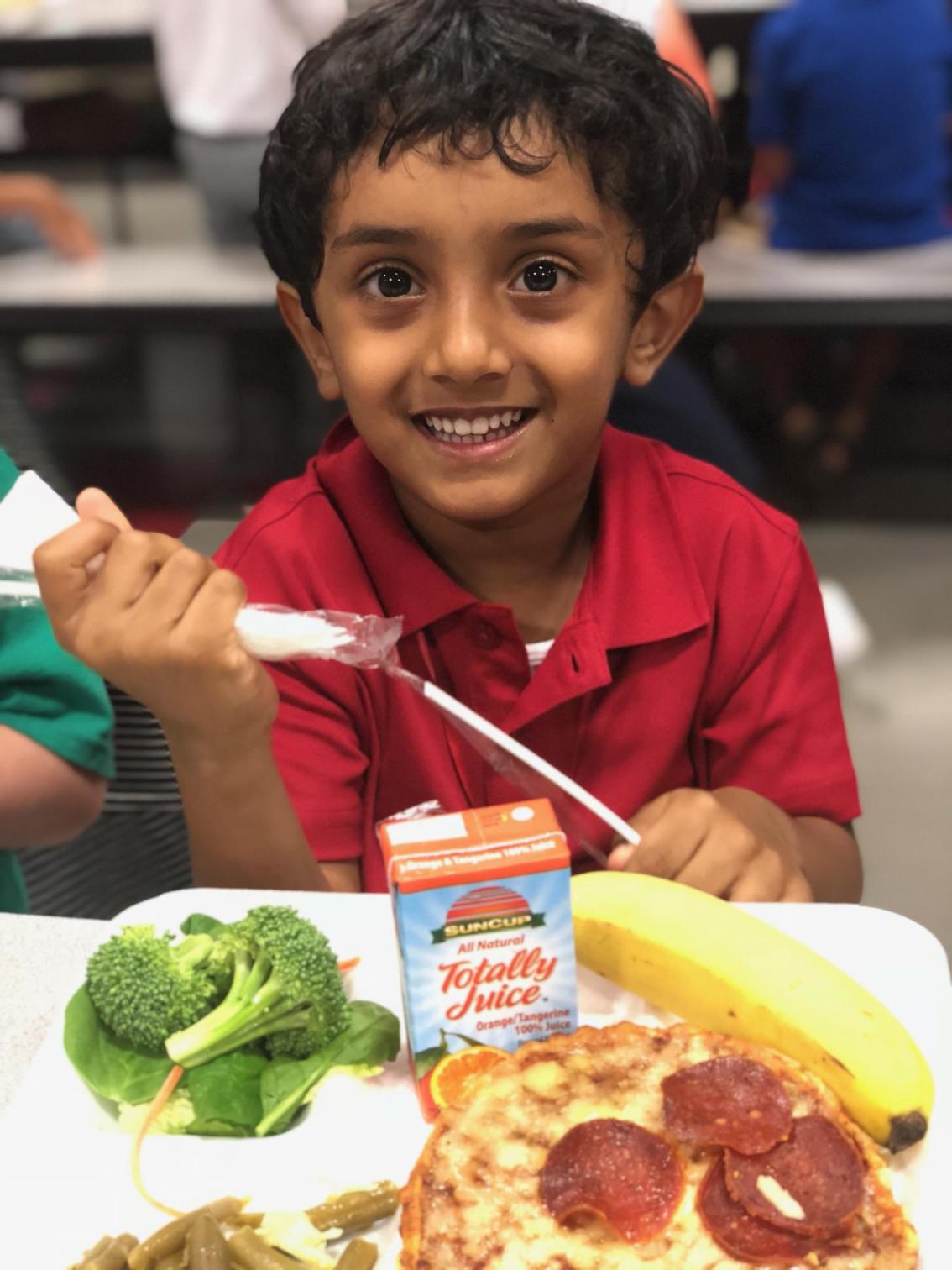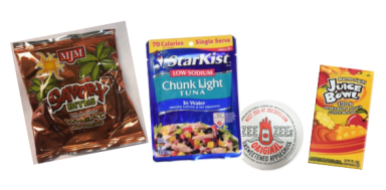School District Serves Meals for ‘Breakfast, Lunch and Supper’
While most school districts focus on offering nutritious breakfast or lunch options during the school day, Crane Schools (AZ) School Nutrition Director Michael Clark saw an opportunity to help students further by transforming an unprofitable after school snack program into a thriving supper meal program.

“If students ate last at 11 a.m. and they were still at school until 4:30 p.m., they were ready for something to eat again – even if it was not a full meal like they may eat with their family,” said Clark. “This is when we realized how great the need was for a supper program, essentially an enhanced snack program.”
As head of the Crane School Nutrition Department, Clark knew there would be many questions from administration and staff on how to make the proposed supper meal program feasible. He wanted to make sure everyone clearly understood that even though the food service staff was already working full time, the district could still afford to prepare, serve and clean up the extra school meal without increasing costs.
“Rather than fight the perception of what a supper meal should be, and the notion from some parents that we would be taking away from their family time, I decided to build on the success of what we were already doing with our after school snack program,” said Clark. “A lot of students were able to take advantage of the program, the only problem with our after school snack program was that we often spent more on food and labor than we were getting in reimbursement.”
By adding a few meal components to its existing after school snack program the district now offers a full supper meal and comes out on top of their costs. Cafeteria managers are tasked with the promotional aspect, making personal contact with key audiences – club leaders, sports coaches and teachers that provide after school tutoring. Since the changes, student participation has increased drastically over the number of snacks they were preparing. All options adhere to USDA requirements for whole grains, protein alternatives, and fruit and vegetable equivalents. Popular options have included the chili con queso meal, cheese stick meal, sun-butter meal and hummus meal. Staff prepared options include peanut butter and jelly sandwich pac, pizza meal kit, lunchable meal pac, chips and dips snack pac.
“My staff makes sure that all the components are bundled together and the teacher then reports back how many bundles (meals) were taken,” said Clark. “Students are free to eat all or part, and are allowed to trade (share) items they don’t want. The students are allowed to eat at their own pace and because most of what we offer is shelf stable the students are also able to take home those parts of the meal that they have not yet consumed.”
In addition to the supper meal program, Clark has also implemented other school nutrition programs to help increase his students’ access to healthy school meals. He brought the Community Eligibility Provision (CEP) to the district, making breakfast and lunch meals free for all students. This has increased participation in general and reduced the stigma surrounding eating meals at school. He has plans to implement more Farm to School programs. All of the schools within the district have a garden on their campus; some of the gardens much larger and more elaborate than others. He is now trying to coordinate more fresh produce options with local farmers in Yuma (AZ). The next project he also hopes to tackle will be the introduction of a Breakfast in the Classroom (BIC) program for after the bell.








